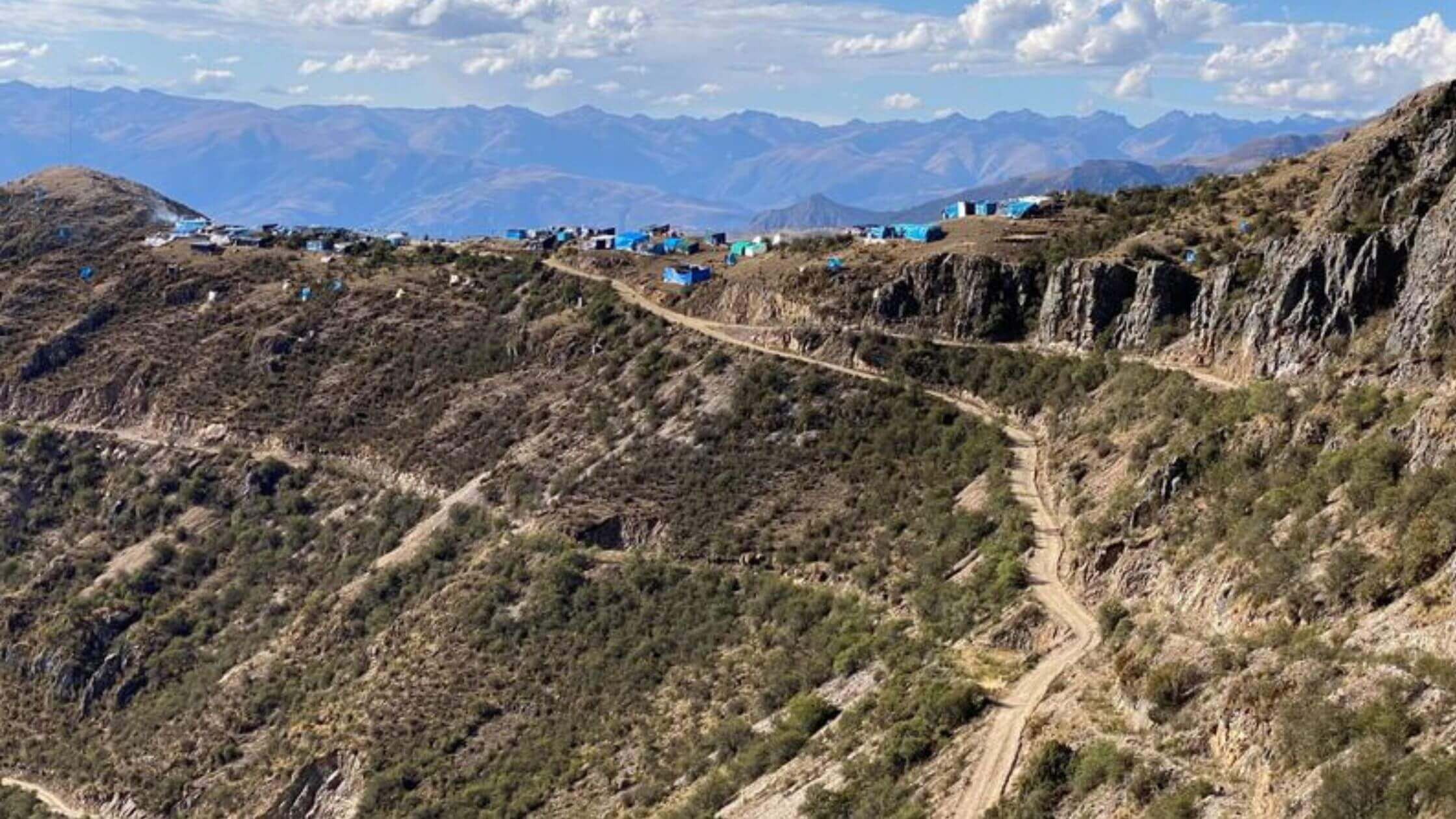
Despite road blockades, attacks, and protests that have roiled the Andean nation for more than two months and prompted fears of production halts, an investigation on Wednesday revealed Peru largest copper mines have been able to sustain production.
Although a source close to one significant mine claimed the likelihood of stoppages was increasing, the study of power usage data by Reuters at several of the key mines in Peru, the second-largest producer of copper in the world, shows that activity at the deposits is close to normal levels.
Since the Marxist President Pedro Castillo was removed from office on December 7, the South American country has been engulfed in anti-government demonstrations. Highways in the copper-rich south have been blockaded, endangering the production and transportation of the metal, hurting some firm shares, and driving up already high prices.
However, the data indicates that, at least temporarily, mining activity has remained robust.
Included in this are Glencore’s (GLEN.L) Antapaccay and China’s MMG Ltd (1208. HK) enormous deposit Las Bambas, whose production was earlier scheduled to cease on February 1 but has subsequently resumed.
According to COES’s power data, which shows that nearly all of Peru’s major mines are using normal or nearly normal levels of electricity, nearly all of the country’s energy companies are represented. Historically, the data has been a trustworthy indicator of mining activity.
According to a source close to Las Bambas, the mine, which had earlier stated that production would stop on February 1 because crucial supplies had not arrived at the mine, said it had been able to continue at a minimal level after receiving “last-minute supplies.”
The mine, which typically supplies 2% of the world’s copper, has had frequent blockades for years, which often cause its power consumption to drop significantly during the disruptions. Despite the protests, this has not yet occurred this time.
However, the mine could potentially run out of supplies completely by Wednesday, forcing it to switch to a “care and maintenance” mode with gear that would require half as much electricity as usual.
The data reveals that certain mines temporarily reduced their energy use in recent months, including Glencore’s Antapaccay in the middle of January and Antamina, the largest mine in Peru that is jointly owned by Glencore and BHP (BHP.AX).
After a brief closure, Antapaccay resumed on January 31 and has since been running at full capacity.
Power consumption at the Constancia mine owned by Hudbay Mineral Inc. (HBM.TO) has just begun to fall. Others, such as Cerro Verde at Freeport-McMoRan (FCX.N), are at normal or high levels. Six important mines added together have a near-normal index.
In response to occasional supply interruptions, Freeport-McMoRan spokesperson Linda Hayes stated: “We are continuing to function, but we have reduced our mill throughput by around 10%.”
Requests for comments about activity at the other companies’ mines in Peru did not immediately elicit a response from them.
To maintain a steady supply of copper around the world, mining is essential. A note from the brokerage Jefferies on January 31 stated that the unrest put about 30% of Peru’s copper supply at risk, which could be advantageous for copper prices.
Of course, the protests, which have resulted in 48 fatalities and the worst violence Peru has seen in more than 20 years, may soon start to have a significant impact on mining activities. As politicians struggle to reach a consensus on holding hasty elections, a key protest demand, protesters are growing increasingly adamant.
After protesters broke into a major silver mine this week, the operations there were suspended by Peru’s Buenaventura (BUENAVC1.LM).
Protester Wilber Toco Aragua Salcedo told Reuters that at the roadblock on the “mining corridor” highway, people believed that the mines stole all the income and left little for the communities.
The man added, “The south is incredibly wealthy, but the mining concessions that we have to affect the people,” adding that he had heard the mines were stocking up on supplies. We won’t back down because “the people never get tired, they never go.”








